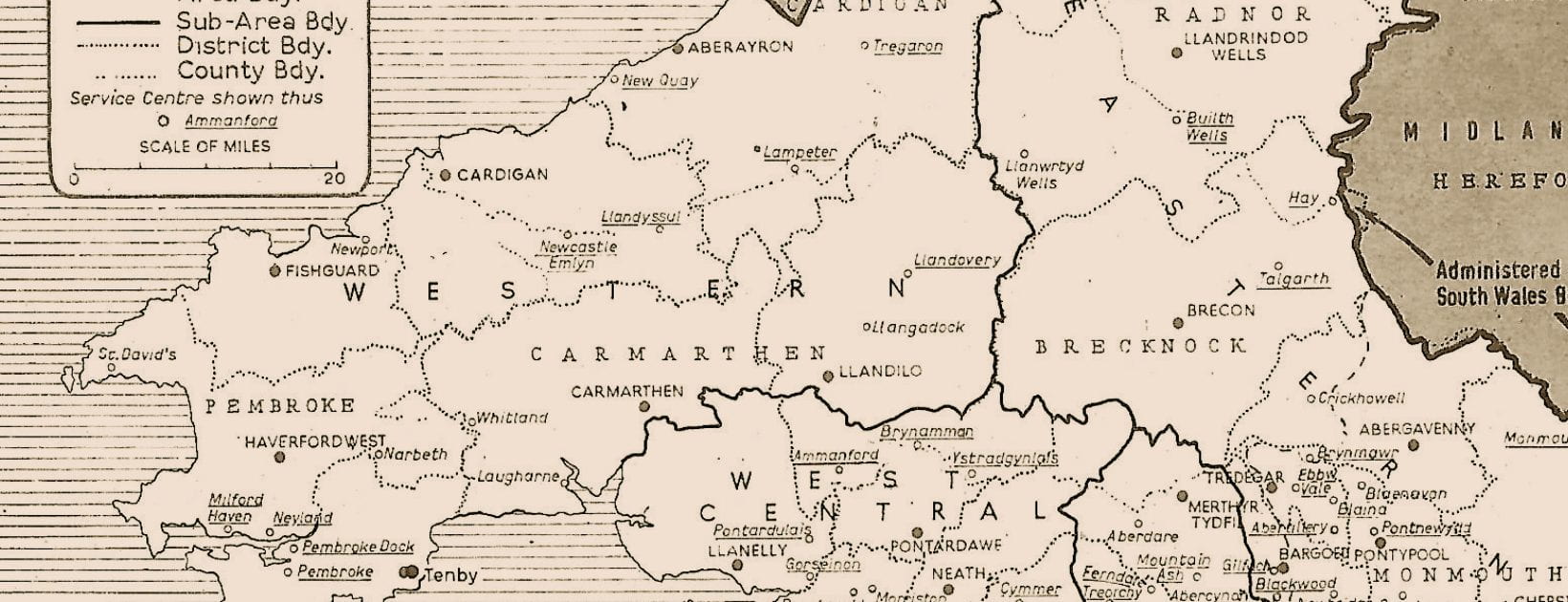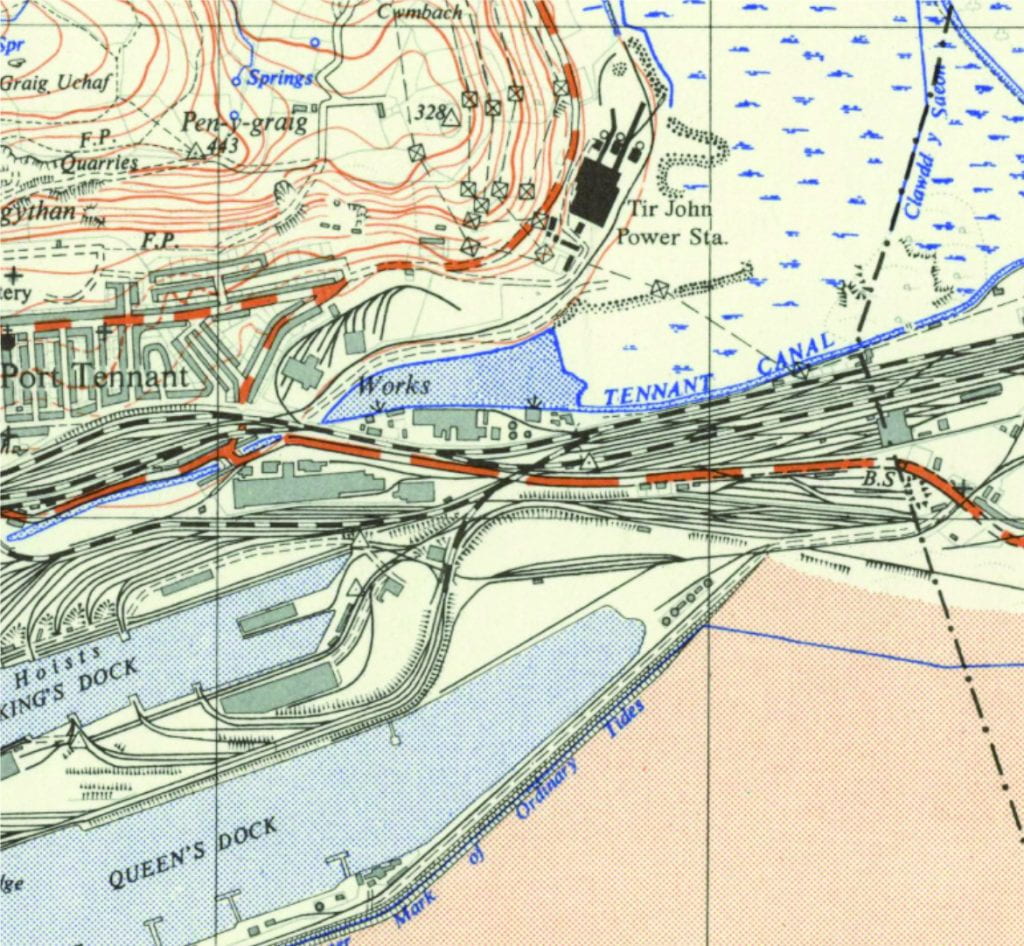Summary
Table 9 shows various indicators of the growth of electrification from 1900. The number of undertakings grew rapidly from 1900 to 1912 and then continued at a slower rate to a peak in 1935/6. Power station numbers show a similar pattern. Rationalisation increased sharply after 1948/9.
A sense of the rapid growth of demand, especially after 1925/6 is illustrated by the two final columns in the table. Economies of scale are reflected in the increasing size of power stations. The largest station in 1912 at Upper Boat had an installed capacity of 10,500kW which was raised to 48,750 in 1925/6 and 61,500kW in 1935/6. By 1948/9 the capacity had been more than doubled to 155,000kW. The new Uskmouth A station had a capacity of 360,000kW in 1958/59.
Per capita consumption in South Wales (with Great Britain in parentheses) shows substantial rates of growth. The strength of the private generating sector, especially at collieries and steel works, tended to retard consumption levels during the interwar period compared to other industrial regions. With the industrial recovery of World War II, consumption in South Wales rose to higher levels, well above the national average.
Table 9 SUMMARY OF DEVELOPMENT IN SOUTH WALES
| NUMBER OF UNDERTAKINGS1 | LOCAL AUTHORITY UNDERTAKINGS |
NUMBER OF POWER STATIONS |
GENERATING CAPACITY (kW) |
PER CAPITA CONSUMPTION (kWh) | |
| 1900 | 6 | 3 | 6 | .. | .. (4)3 |
| 1912 | 25 | 14 | 26 | .. | .. (36) |
| 1925/6 | 36 | 25 | 22 | 138,035 | 87 (133) |
| 1935/6 | 46 | 30 | 28 | 219,698 | 196 (374) |
| 1948/9 | .. | .. | 232 | 599,183 | 1,126 (821) |
| 1958/9 | – | .. | 112 | 1,474,565 | 2,385 (1,765)4 |
1 Excludes all non-statutory undertakings.
2 Includes Lydney, Gloucestershire power station.
3 Great Britain 1900-1948/9 from Leslie Hannah, Electricity Before Nationalisation: a study of the electricity supply industry in Britain to 1948 (London: Macmillan, 1979), pp.427-8.
4 Calculated from data in Electricity Council, Handbook of Electrical Supply Statistics 1977, p. 63 and census returns.
SWANSEA
Built by the Swansea Corporation as part of the South Wales grid scheme, Tir John was opened in June 1935 with two 30,000kW turbo-alternators. Wartime extensions raised the capacity to 155,500kW by nationalisation.
Ordnance Survey 1:25,000 series, Sheet SS69, 1951 (National Library of Scotland)
[next]



